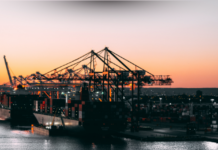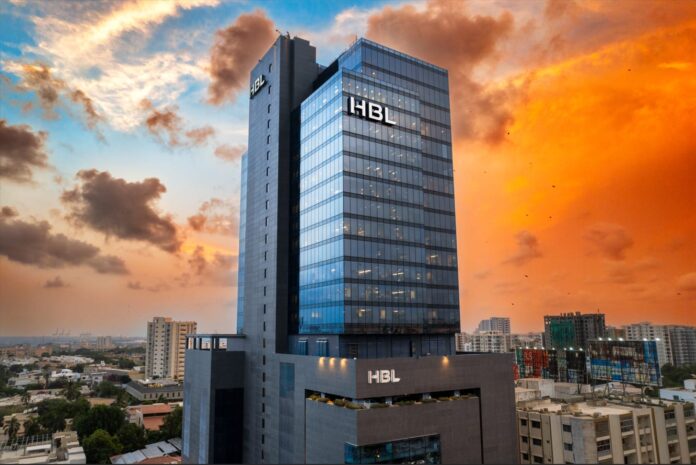The Habib Bank Limited (PSX: HBL) Pakistan Manufacturing Purchasing Managers’ Index (PMI) declined to 51.1 in May, down from 51.9 in April, marking an eight-month low and signalling a noticeable deceleration in industrial activity since the index peaked in December.
According to a press release issued Friday, analysts attributed the drop to the combined impact of recent geopolitical unrest and logistical bottlenecks stemming from road closures, which disrupted raw material supply chains and weighed on forward-looking indicators.
The PMI, compiled in collaboration with S&P Global, is widely regarded as a timely barometer of business activity, offering more immediate insights than conventional GDP data, which is released quarterly and subject to revisions. Unlike traditional metrics, the PMI excludes public sector activity, giving it a stronger correlation with movements in equity markets.
Commenting on the May reading, Humaira Qamar, Head of Equities & Research at HBL, noted that “the moderation in business activity was driven by a contraction in new orders—the most forward-looking subindex—emanating from geopolitical unrest and logistical disruptions.” She added that export orders declined for the second month in a row, further dampening sentiment across the manufacturing sector.
Although overall output continued to expand, Qamar clarified that much of this was due to the completion of backlogged orders rather than fresh demand. Nonetheless, the report indicated that manufacturers remained broadly optimistic about the outlook for production over the next 12 months, buoyed by expectations of recovering demand conditions.
Despite a drop in interest rates to a three-year low, Qamar cautioned that the government’s contractionary fiscal stance continues to temper near-term growth prospects. Provisional GDP estimates show the economy is expected to grow 2.7% in FY25—only marginally higher than the 2.5% recorded last year.
Looking ahead to the federal budget scheduled for June 10, which is being drafted in close coordination with the International Monetary Fund (IMF), the government is expected to maintain a focus on fiscal consolidation. Authorities are targeting a primary budget surplus of 1.6% of GDP—marking the third consecutive year of primary balance improvements.
According to Qamar, the Federal Board of Revenue’s (FBR) tax revenues are projected to increase by 16% next fiscal year, outpacing expected nominal GDP growth. This trajectory, she warned, implies limited room for tax relief. To maintain fiscal discipline and counter potential revenue shortfalls, she anticipates increased reliance on non-tax revenues—particularly through higher petroleum levies—and curbs on development expenditures.
However, she noted that “defense spending may remain insulated from cuts, given the prevailing geopolitical landscape,” underscoring the policy constraints in an already tight fiscal environment. Despite these challenges, Qamar said the manufacturing outlook remains broadly constructive, provided macroeconomic and political conditions stabilise in the coming months.























